
This grand 10th century castle was later transformed into a fortress. One of its most notable features is its square tower. The noblemen of the Tous family lost ownership of the castle during the first half of the 15th century.

The most notable features of this early Romanesque complex (10th-11th centuries) are the tower and church. Located at the end of the Miralles-Queralt mountain range, the place offers a commanding view of the Òdena basin. Together with the fortress built on the plain, the castle bears witness to the splendid past of the barony of Montbui.
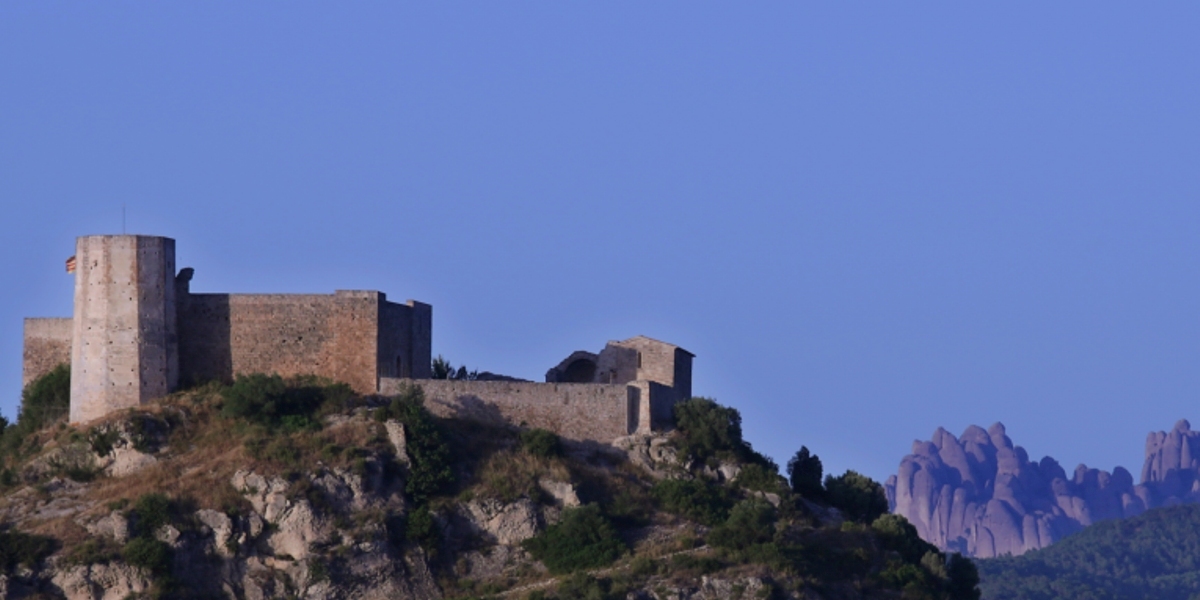
This 10th century castle was the symbolic fortress of the Òdena basin. It was the centre of power of the lords of Claramunt and remained in their hands until the 13th century.
The most notable features of the monumental complex are the two walled enclosures on different levels. The upper enclosure contains the keep and the square tower, while the lower enclosure contains seven open-backed defence towers and the Romanesque church of Santa Maria.
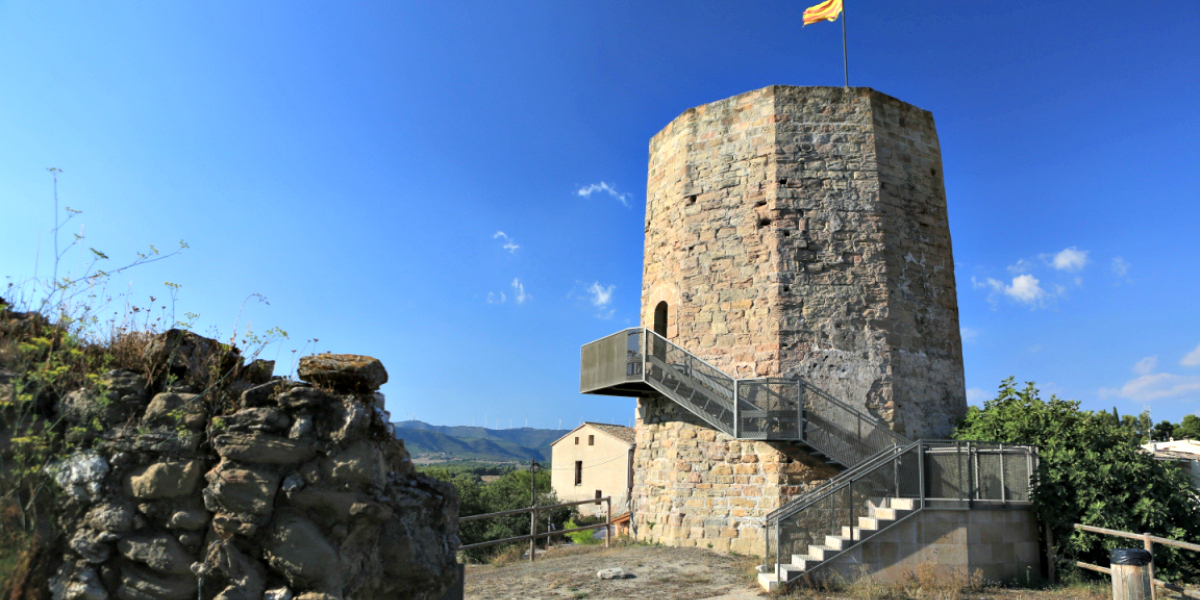
This castle is of key importance in the Òdena basin. The oldest documents to mention the castle date back to 957 AD. It remained in the hands of the Òdena family (involved in numerous episodes of feudal violence in the 12th and 13th century throughout the county) until the end of the 13th century, when it fell under the control of the Cardona family.
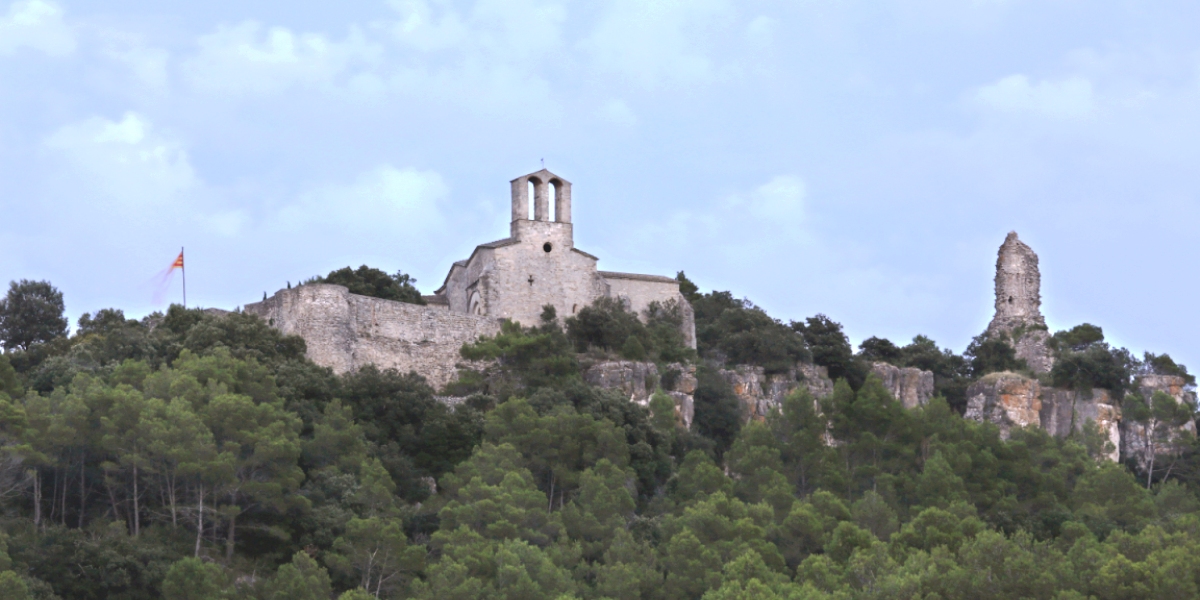
This imposing castle, situated at the top of a bluff, dates back to at least the year 987. Under the dominion of the counts of Barcelona, it was entrusted first of all to the Queralt family and then to the Cervelló family, who held the title of Barons of Llacuna. Its walled enclosure and towers are especially noteworthy.
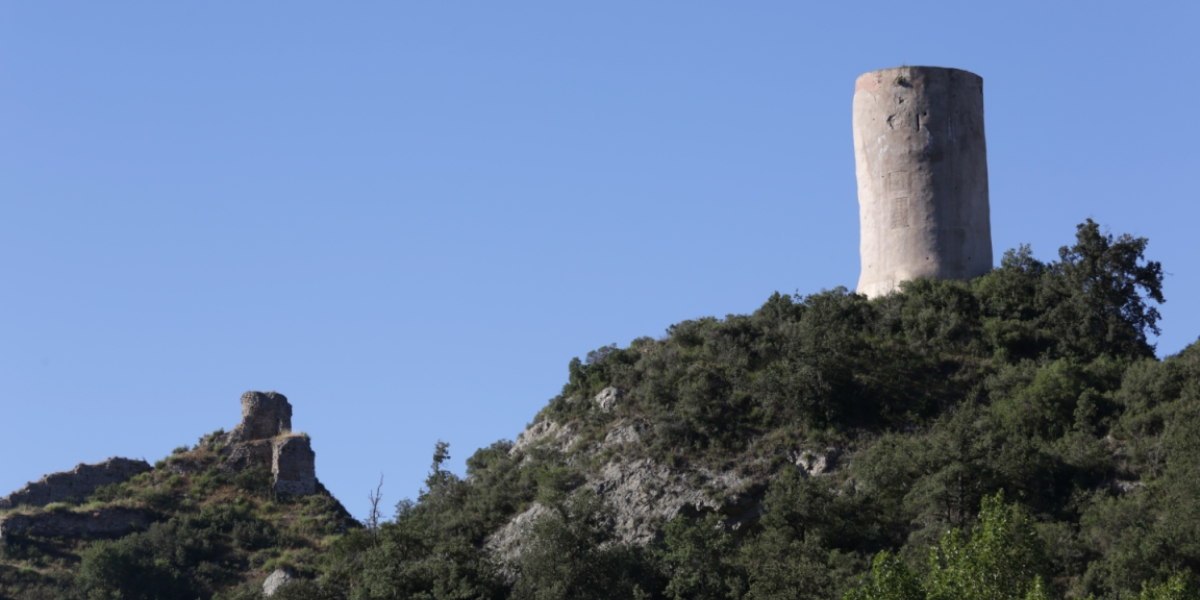
Imposing fortress flanked by two albarrana towers. Due to its location it was an important site at times of conquest and throughout the Middle Age. It was finally destroyed in 1822 during the war between absolutists and liberals. The castle’s most noteworthy features include the mediaeval graffiti on the dungeon walls, representing castles, knights and siege engines.

Dating back to the 10th century, Miralles Castle enabled the control and repopulation of the county towards the west. Located in the county of Barcelona, the castle was entrusted to the Cervelló family, who from the 14th century held the barony of Llacuna, which included this and other possessions in the area. The most noteworthy surviving feature of this construction is the double walled enclosure and the Romanesque church.
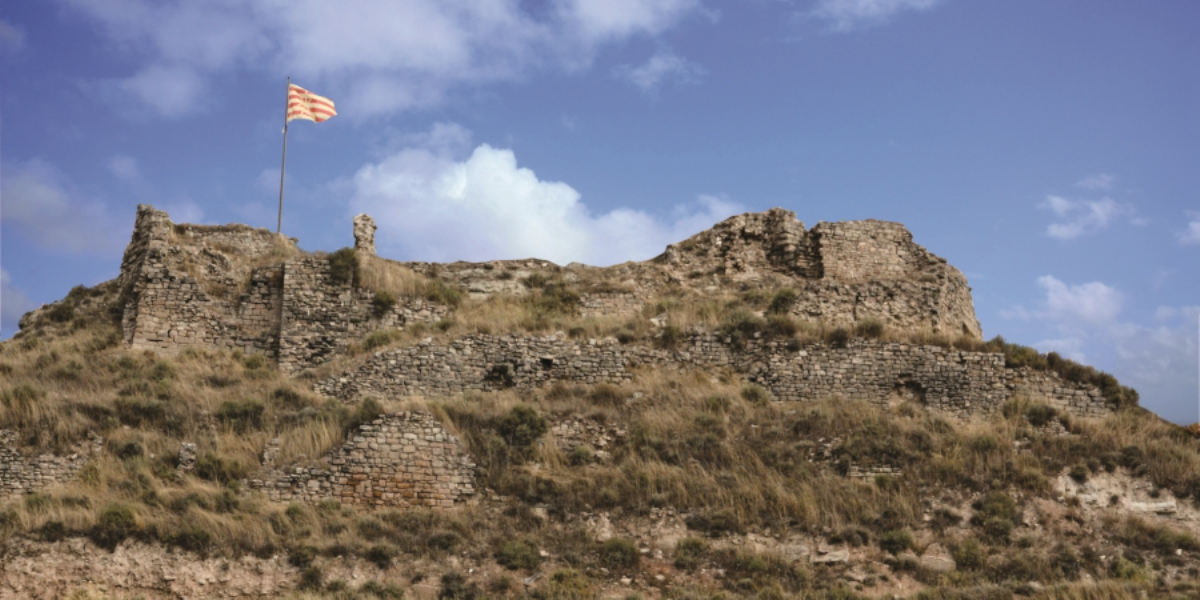
Jorba Castle stands out for its superb strategic location (controlling the paths leading to the Òdena basin), for its tower and for the walls enclosing the site. Dating back to the 10th century, it became a key site in the 12th century, thanks to Baron Guerau de Jorba, a highly influential nobleman in this period.
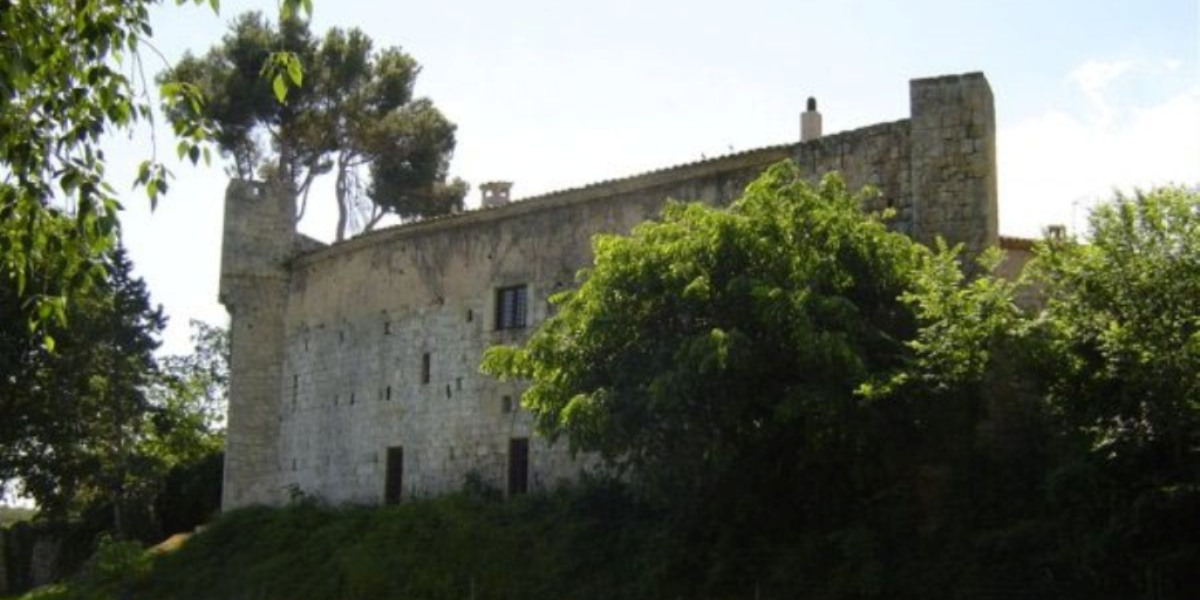
The castle of the Tower of Claramunt is one of the few in the Anoia area that is still inhabited. Dating back to the 11th century, the building underwent various extensions in different periods. Its most noteworthy features are its Renaissance-style south and east façades, built at the end of the 16th century.

This imposing fortress is enclosed by a wall of large ashlars and crowned by a building with towers. It boasts a superb view of the surrounding area.
